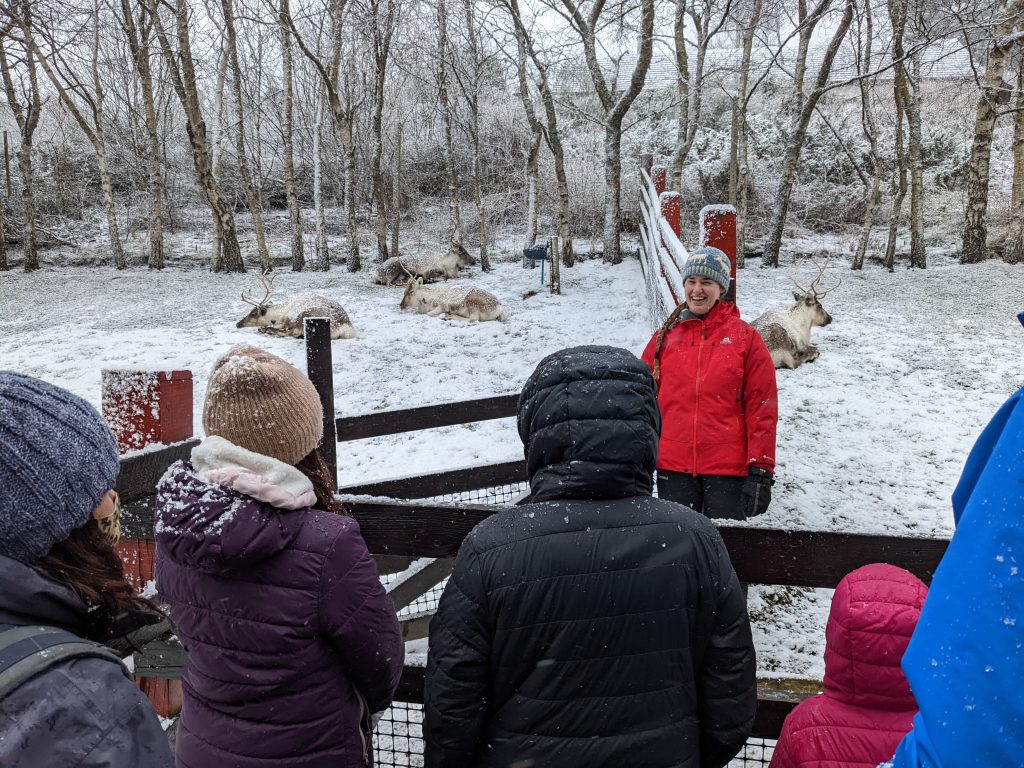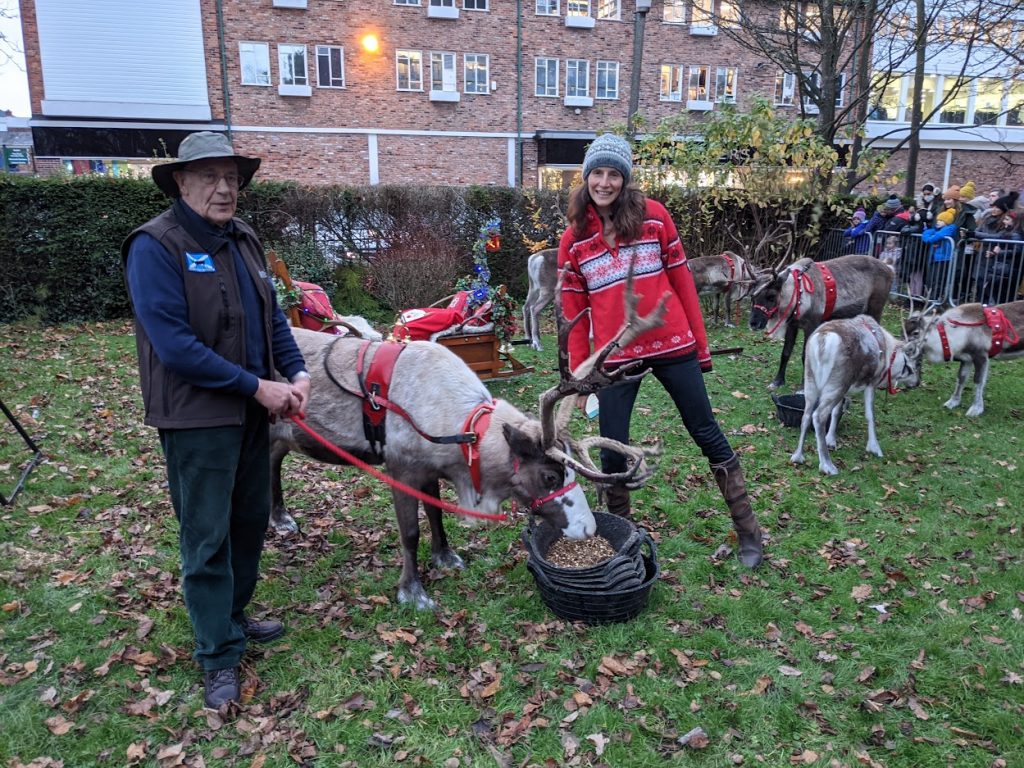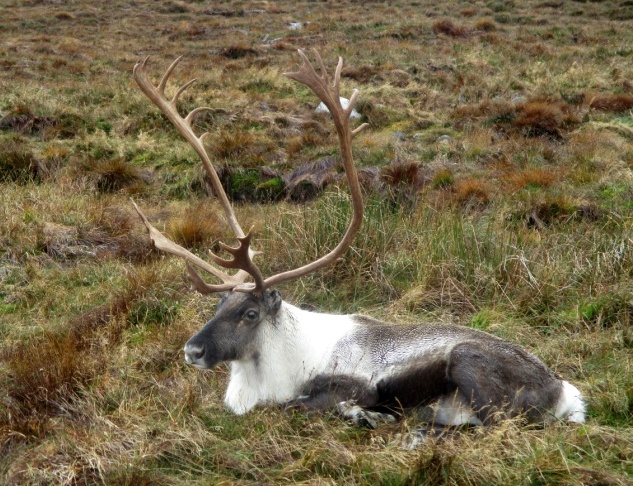I know you will look at the title of this blog and think… What?!?! Christmas is ages away. However, this isn’t about Christmas itself, more about our tour and what we will be doing this year with regards to Christmas events across the country.
Over the past 33 years we have covered the length and breadth of Great Britain and Northern Ireland visiting various town and shopping centres as well as garden centres, schools, hospitals, care homes… the list goes on. When it comes to Christmas everyone loves seeing our reindeer, and our trained Christmas reindeer are an honour to work with. Their naturally friendly nature and ability to remain unfazed in most situations makes us feel so proud of them. Of course extensive desensitising training has taken place over many years to prepare them for these moments, but nonetheless they make us feel so proud of them.


Times are changing and our business changes with it. Once upon a time the income from Christmas events was a crucial part of the year to help maintain the reindeer herd in the Highlands of Scotland for the rest of the year. Like every business we have bills to pay. Whether it’s paying the lease for the land the reindeer roam or staff wages, naturally there are plenty of outgoings, and Christmas events helped to support this. However, The Reindeer Centre itself here in the heart of the Highlands has really grown into itself and with a great team of herders with many visitors to the area to entertain we are becoming much more self sufficient here at home. As a result we have re-evaluated how much ‘Christmas’ we actually need to do.


Some of our longest standing events are in the far south. Basingstoke, Windsor, Llanelli, Carmarthen, Cowbridge and Usk to name a few. Some of these events have been going ahead for over 25 years. They are fantastic events and always well organised with the organisers and public giving our reindeer the up most respect. For some of the people visiting these events when they were children 25 years ago are now attending with their own children so it really is lovely to see and be part of. With COVID making the last two years tricky for everybody whether it be budgets being cut or just the fact that event organisers didn’t want to be attracting big crowds of people for public safety meant that some of these events didn’t go ahead. Naturally there was huge disappointment, but everybody understood. Off the back of less demand to travel further south we have taken this opportunity to look at our own business and where we are going and have now decided that we won’t be taking part in events south of Manchester. Obviously I feel terrible for the fantastic events that these venues have put on over the years but with such good relationships with them all I have explained our situation and they have all replied and completely understand our situation. They have thanked us and our lovely reindeer for being part of their Christmas festivities and wished us well going forward. We couldn’t have asked for nicer comments from them all.


So going forward we are still doing Christmas events but we will be sticking to Scotland and the north of England. We will run less teams as a result and concentrate much more of what we do at home. We hope you can visit us either here in the Cairngorms or while we are out on tour in November and December but for now I just want to say a massive thank you to all of our events based further south than Manchester for all your support over the years. We will miss working with you and we wish you all the best going forward.


Fiona










